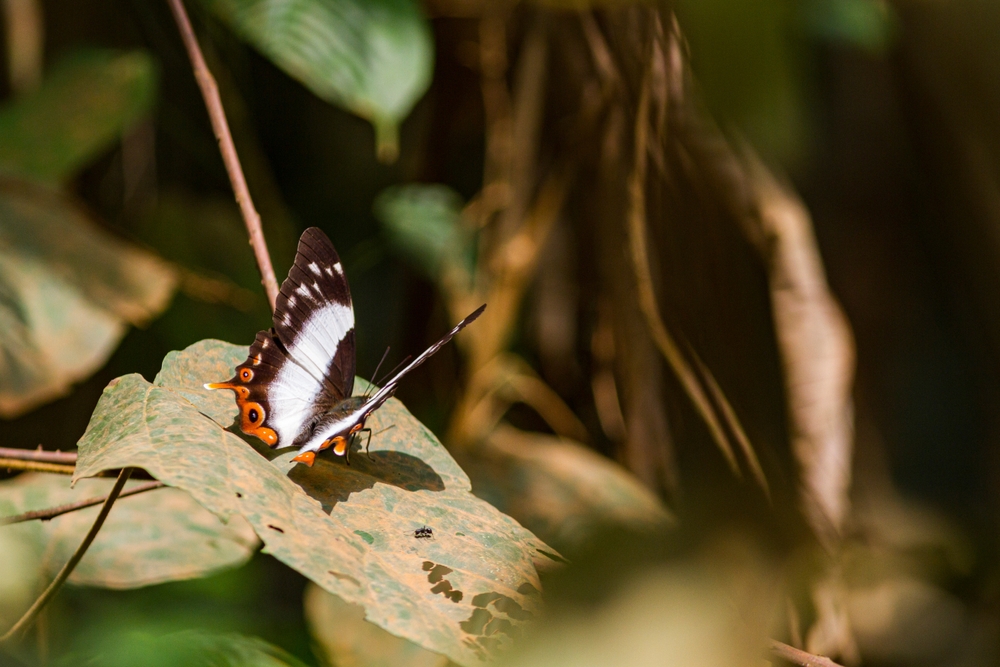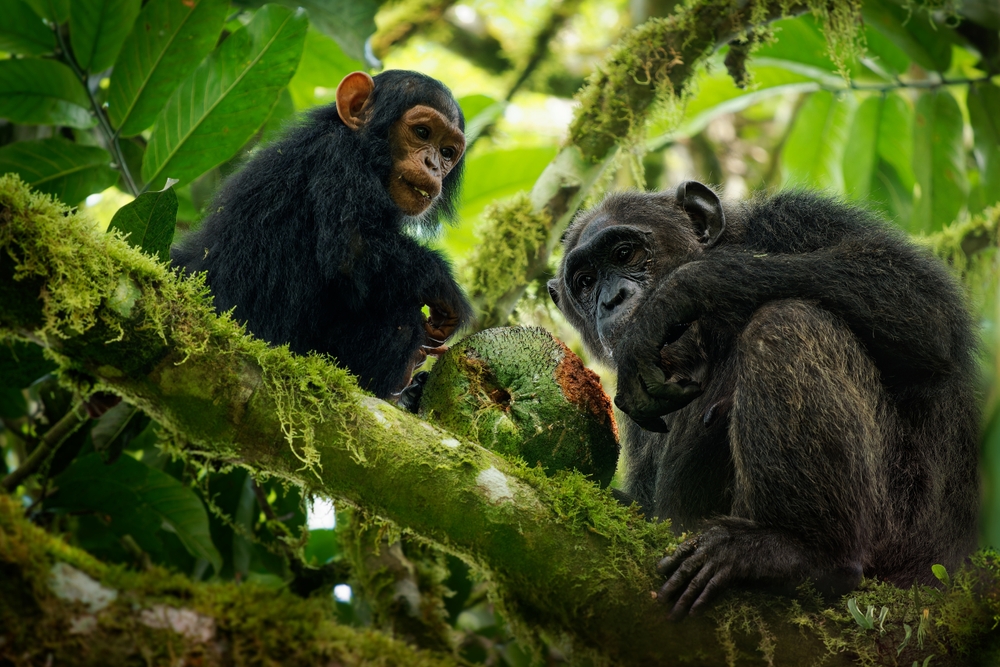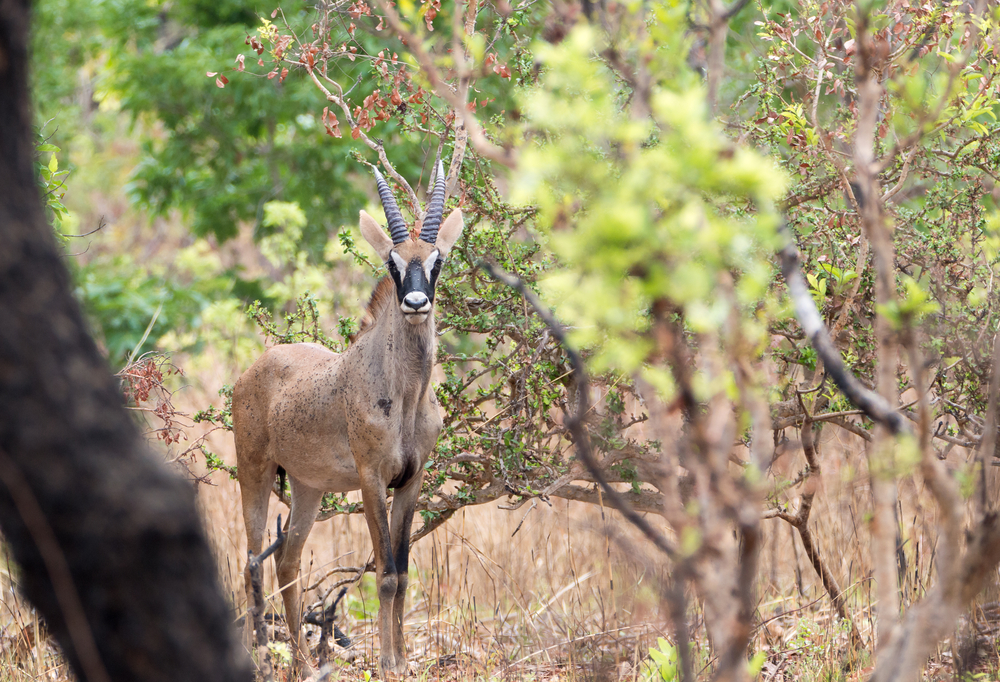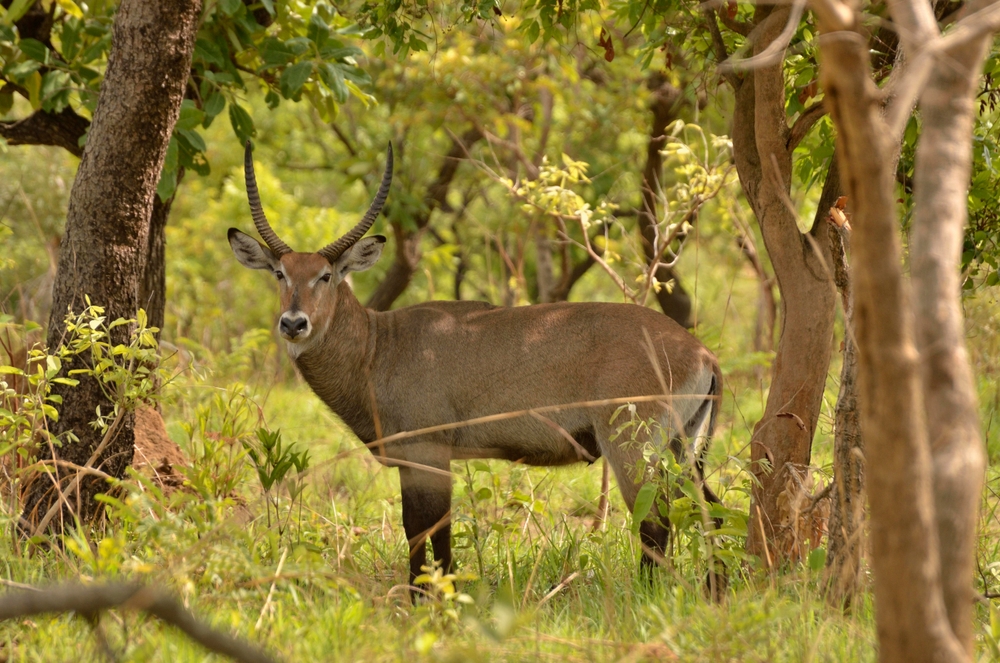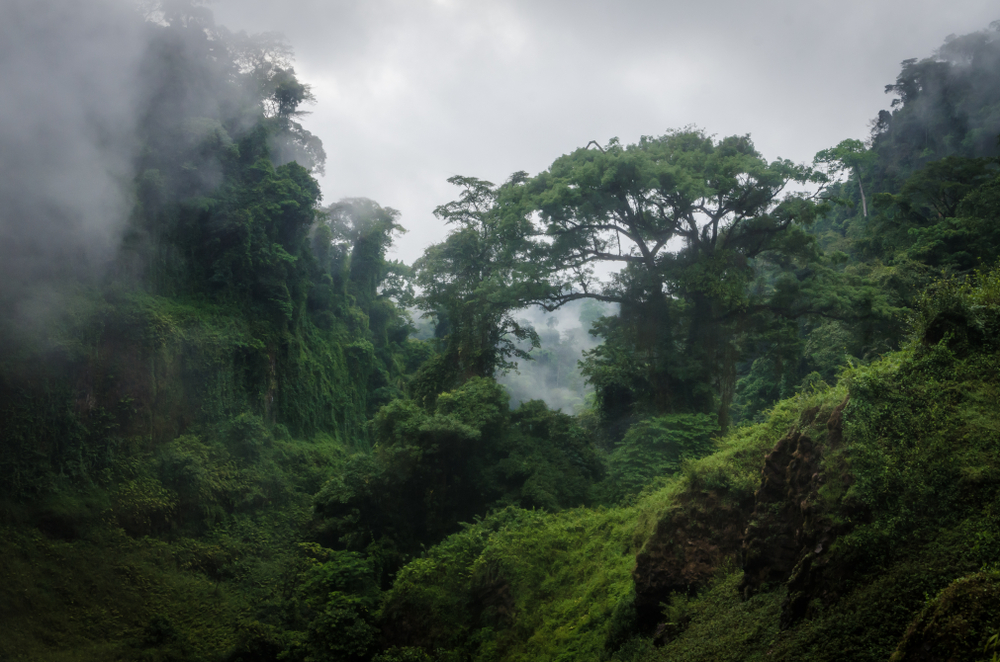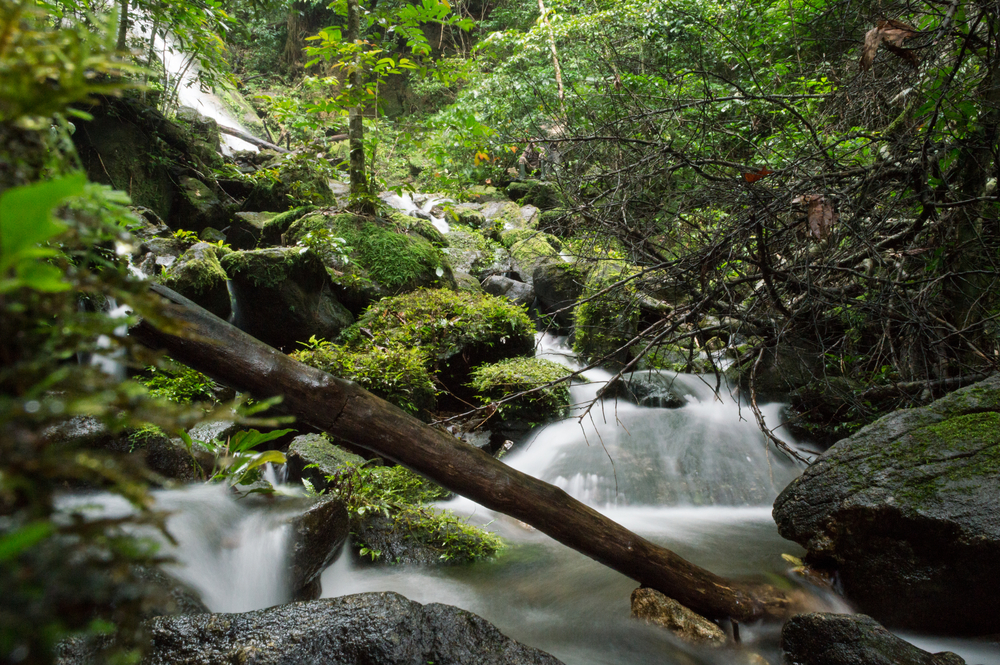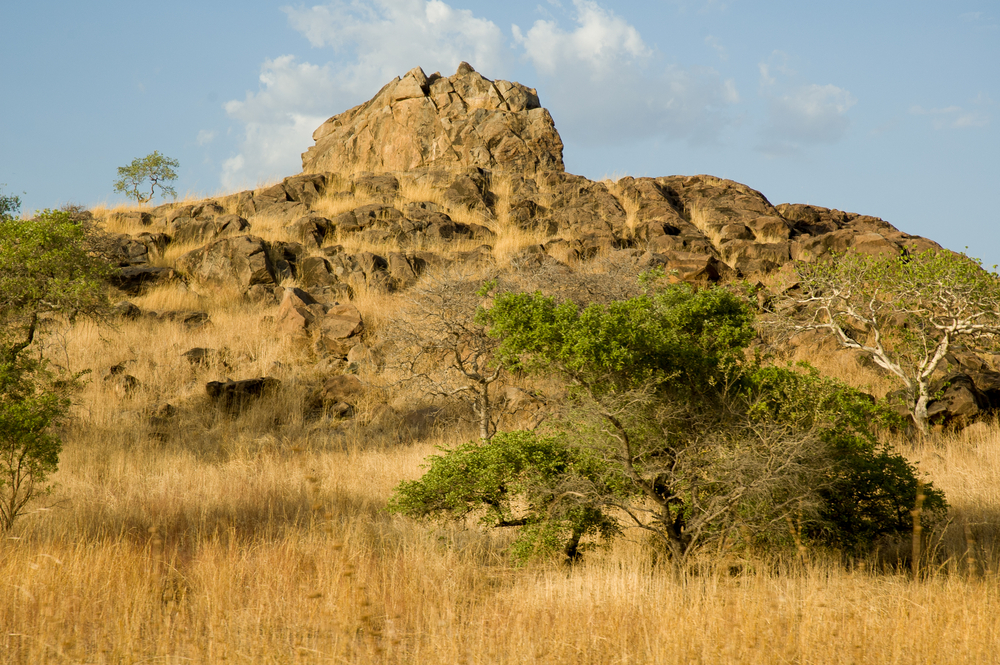Campo Ma’an Overview
Campo Ma’an National Park, locally known as “Parc National de Campo-Ma’an”, is a vital conservation area located in the South Region of Cameroon, near the border with Equatorial Guinea. Established in 2000, the park spans approximately 2,640 square kilometers (1,019 square miles) and is part of the Congo Basin, one of the world’s most important tropical rainforest ecosystems. Its diverse landscapes, abundant wildlife, and cultural significance make it a critical site for conservation and eco-tourism.
The park’s terrain is varied, including lowland rainforests, swamps, mangroves, and savannas. It is also home to Mount Campo, which rises to 450 meters (1,476 feet), offering a stunning focal point amid the lush greenery. Rivers such as the Ntem and Nyong traverse the park, creating riparian habitats that support aquatic and terrestrial species. The dense rainforest, interspersed with patches of savanna, is characterized by towering trees, lianas, and undergrowth teeming with life.
Campo Ma’an National Park is a biodiversity hotspot, harboring several endangered and rare species. Large mammals such as forest elephants, gorillas, chimpanzees, and leopards roam the park’s forests. Other notable species include mandrills, pangolins, and antelopes like the sitatunga. The park’s avian diversity is remarkable, with species like African grey parrots, hornbills, and turacos thriving in its canopy. Reptiles such as crocodiles and monitor lizards inhabit the rivers, while marine turtles nest along the park’s coastal areas.
Visitors to Campo Ma’an National Park can engage with its natural and cultural heritage through various activities. Guided forest treks and wildlife observation tours offer opportunities to spot primates and elephants in their natural habitats. Birdwatching is particularly rewarding, given the park’s rich avian diversity. Coastal areas provide serene spots for relaxation and exploration, while boat trips along the rivers offer a unique perspective of the park’s ecosystems. Cultural interactions with nearby communities, including the Bagyeli (pygmy) people, allow visitors to learn about traditional practices and sustainable forest management.
Despite its ecological significance, Campo Ma’an faces challenges that threaten its biodiversity. Logging, agricultural expansion, and poaching have led to habitat loss and population declines in key species. Additionally, the increasing demand for palm oil and other resources in the region exacerbates environmental pressures. Conservation efforts by the Cameroonian government and international organizations focus on habitat restoration, anti-poaching patrols, and community-based initiatives. Promoting eco-tourism is also a priority to generate revenue and enhance local support for conservation.
Campo Ma’an National Park is a cornerstone of Cameroon’s natural heritage, representing the ecological richness of the Congo Basin. Its diverse landscapes, rare wildlife, and cultural importance make it a unique destination for eco-tourism and a critical area for global conservation efforts. Protecting Campo Ma’an ensures the survival of its unique ecosystems and supports sustainable development for the surrounding communities.








































































